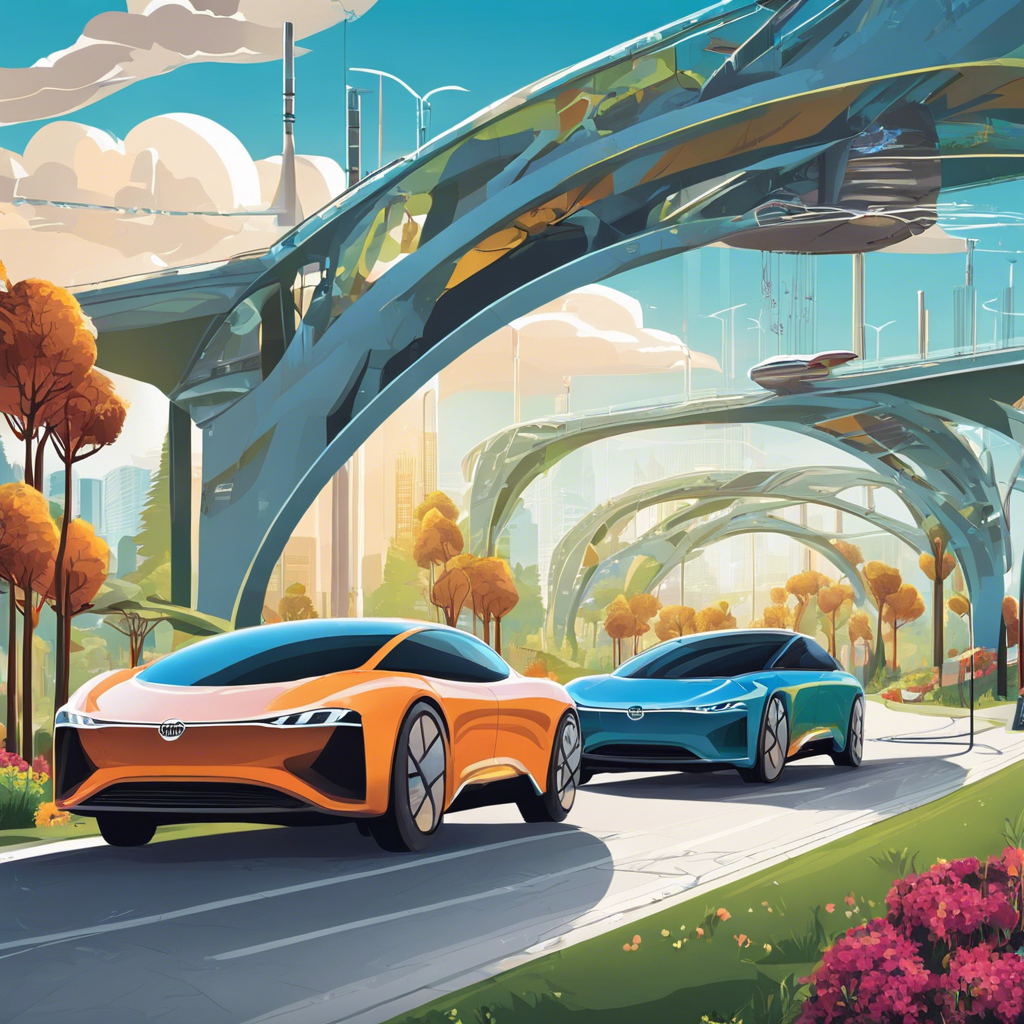The world of transportation is undergoing a significant transformation, with electric vehicles (EVs) and self-driving cars poised to become the new norm. These innovations promise a future of reduced emissions, improved road safety, and enhanced mobility for people worldwide. As we embrace this shift, it’s essential to explore the implications and opportunities that lie ahead for individuals, industries, and governments.
Electric vehicles are rapidly gaining traction, with sales expected to reach 14.3 million by 2025. This surge in popularity can be attributed to declining battery costs, improving technology, and growing environmental concerns among consumers. The widespread adoption of EVs has the potential to significantly reduce our carbon footprint, as they produce zero tailpipe emissions, offering a cleaner and more sustainable mode of transportation. Moreover, EVs are quieter and require less maintenance than traditional internal combustion engine vehicles, making them a more appealing option for consumers.
Self-driving cars, also known as autonomous vehicles (AVs), are another game-changer in the transportation industry. AV technology has advanced significantly in recent years, with companies like Waymo, Cruise, and Tesla leading the way. These vehicles use a combination of sensors, cameras, and sophisticated software to navigate roads and traffic without human input. While fully autonomous vehicles are not yet widely available to the public, they have the potential to revolutionize mobility, particularly for individuals with disabilities or those unable to drive themselves.
The implications of this technology extend beyond convenience and safety. A shift towards electric and autonomous vehicles could reshape urban planning, with a reduced need for parking spaces and more efficient use of road infrastructure. Additionally, the integration of these technologies may lead to a rethinking of public transportation systems, as autonomous shuttles and ride-sharing services could provide more efficient and flexible mobility options.
However, there are challenges to be addressed, including concerns around job displacement, ethical considerations in autonomous vehicle programming, and the need for robust regulatory frameworks to govern this rapidly evolving industry.
Furthermore, the integration of EVs and AVs with smart city infrastructure can enable more efficient energy management and seamless connectivity. With smart charging technologies, EVs can communicate with the power grid, optimizing charging times and minimizing strain on the system. Additionally, when combined with autonomous capabilities, vehicles can integrate with smart traffic management systems, improving road efficiency and reducing congestion.
The future of transportation is bright, and the continued development and adoption of these technologies will play a pivotal role in shaping how we move and interact with our surroundings. A more sustainable, efficient, and accessible world awaits, and it is up to all stakeholders to work together to realize this vision and ensure that the benefits of these innovations are shared equitably among all communities.
As we embark on this exciting journey, it is essential to maintain a collaborative and innovative mindset, embracing the potential of electric vehicles and self-driving cars to transform our world for the better.
